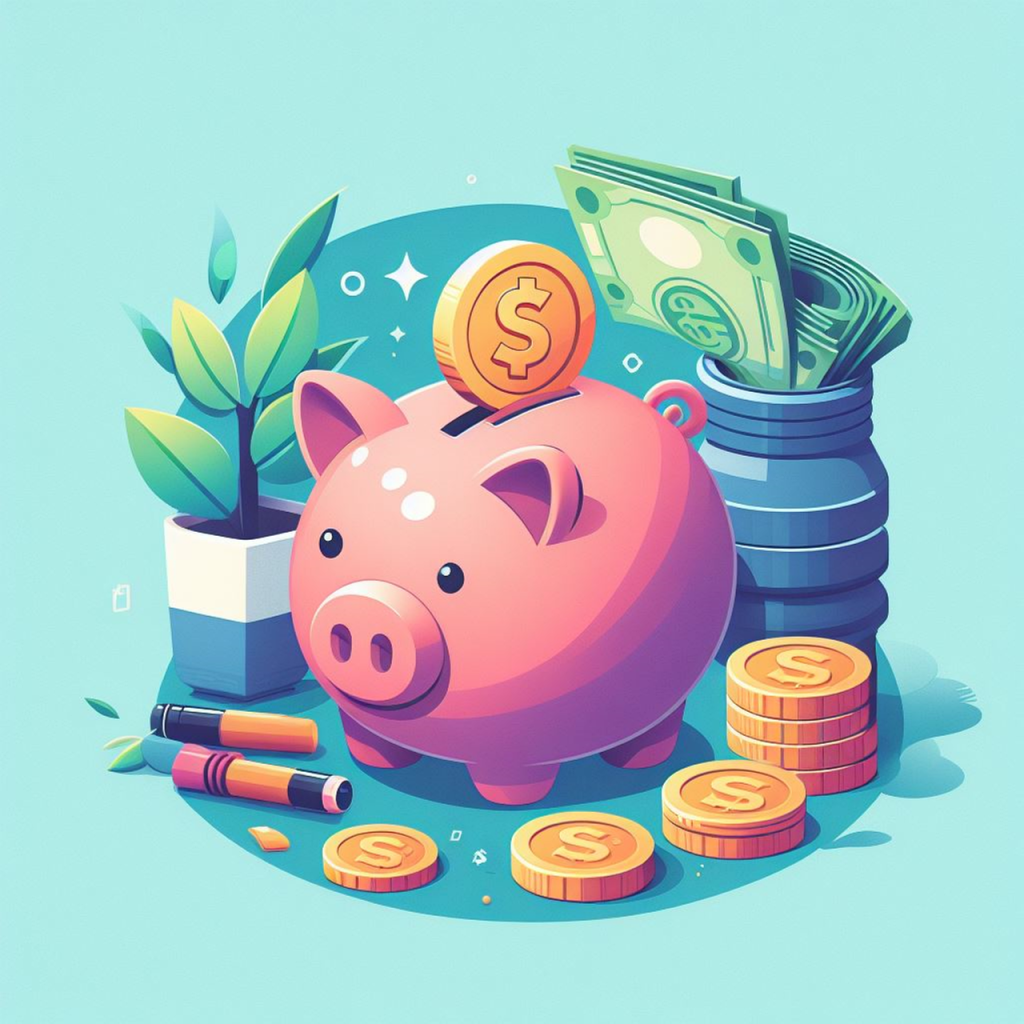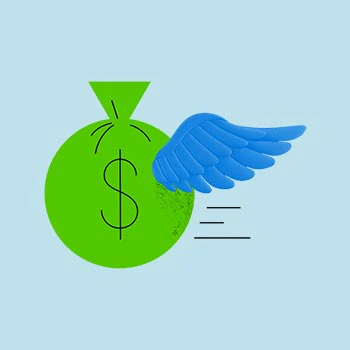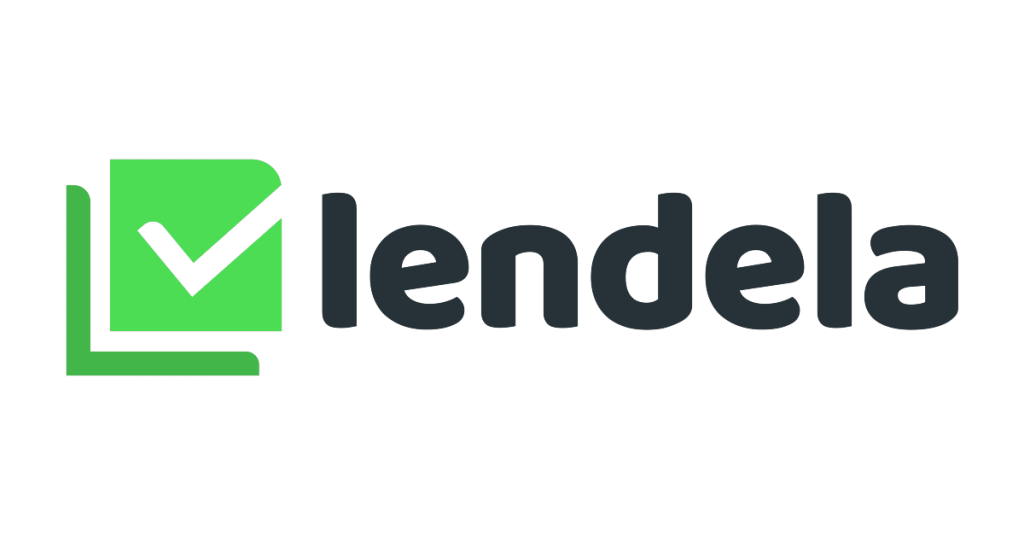5 best personal oans of 2025
Updated . This date may not reflect recent changes in individual terms.
Editorial Note: CreditVana receives compensation from certain third-party advertisers, but this doesn’t influence our editors’ opinions or reviews. Our partners don’t review, approve or endorse our editorial content. Information about financial products not offered by CreditVana may be collected independently. We strive for accuracy at the time of publication.
Our top personal loan picks
How we picked: We compared rates, fees, loan amounts, ability to prequalify, minimum credit criteria and useful perks/resources.
Best for home improvement: LightStream
Why it stands out: LightStream (the online division of Truist Bank) offers loan amounts roughly from $5,000 to $100,000—useful for projects big and small. It advertises very competitive rates and may beat a competitor’s rate in some cases.
- Strong credit needed: Borrowers with weaker profiles may find it hard to qualify.
- No-fee structure: No origination, application or prepayment fees.
- No soft-pull preview: You can’t check terms without a hard inquiry.
Best for bad credit: NetCredit
Why it stands out: Considers more than just credit scores and reports payments to major bureaus—on-time payments can help build history. Offers free online financial education.
- Higher APRs: Typically higher than prime lenders, but below payday levels.
- Fees vary by state: Late fees may apply; no prepayment or NSF fees.
- Soft-pull prequalification: See estimated terms without impacting scores; approval still requires a hard pull.
Best for building credit: Upstart
Why it stands out: A marketplace that considers non-traditional factors (like education and job history). Loans from ~$1,000 to $50,000 with 3- or 5-year terms.
- Wide APR range: Actual rate depends on credit, income, education and employment.
- Soft-pull prequalification: Estimates aren’t guarantees; final terms may differ.
- Potentially fast funding: Many loans fund the next business day after acceptance (bank timing may vary).
Best credit union: Alliant Credit Union
Why it stands out: Membership required (and relatively easy). Competitive rates, optional debt protection, and occasional same-day funding.
- Competitive rates: Generally lower for shorter terms.
- Debt protection plan: Payments may be suspended or canceled for covered events (e.g., disability or involuntary unemployment).
- Flexible amounts/terms: About $1,000–$100,000 over 12–60 months.
Best for extra perks: SoFi
Why it stands out: Member-focused extras like access to financial advisors, community events and referral bonuses. Loan amounts typically $5,000–$100,000 with 2–7 year terms.
- Competitive rates: Based on credit profile, income and term.
- Fee policy: No prepayment or late fees; may charge an origination fee (0%–7%).
- Soft-pull prequalification: Check estimated rate without affecting scores.
How we picked these loans
We reviewed dozens of lenders and weighed: interest rates, fees, loan amounts, prequalification options, minimum credit requirements, funding speed and value-add perks (like financial education or hardship programs).
What you should know about personal loans
Rates, fees and terms vary widely across banks, credit unions and online lenders. Shopping around—and comparing total cost over the life of the loan—can meaningfully reduce what you pay.
Where to start
- Your bank/credit union: Ask about member or relationship discounts.
- Lender websites: Check rates, fees, terms and contact options.
- Trusted resources: Read independent comparisons and customer reviews.
- CFPB complaint database: Research patterns of consumer issues.
Personal loan terms to compare
Interest rates
The biggest driver of total cost. Some lenders discount rates for autopay enrollment—compare discounted APRs across offers.
Fees
- Origination: Often ~1%–8% at major lenders.
- Processing: Possible monthly payment processing fees.
- Prepayment: Less common, but check.
- Late fees: Know the amount and grace period.
Amounts & terms
Common ranges: ~$1,500–$100,000 over 12–84 months. Shorter terms usually mean higher payments but less interest overall.
Funding speed
Some lenders fund as fast as 1–2 business days; others take longer.
Eligibility factors
- Credit scores & reports
- Income
- Debt-to-income (DTI)
Tips for choosing a lender
- Location preference: Want in-person service? Choose a lender with nearby branches.
- Digital features: Online account access and a solid mobile app can matter.
- Reputation: Good service may be worth a slightly higher rate.
Lender red flags
- Not registered to lend in your state.
- Guaranteeing a loan over the phone and asking for payment upfront.
- “Guaranteed approval” claims regardless of credit history.
- Requests to wire money to a specific person.
Estimate personal loan costs
Use CreditVana’s simple loan calculator to estimate monthly payments and total interest vs. principal over your term.
Questions about personal loans
Is it smart to get a personal loan?
- It can be—especially for consolidating high-interest credit card debt or financing a necessary purchase at a lower rate. It may also help build credit with on-time payments, improving payment history and credit mix.
What are the disadvantages?
- Borrowing costs (APR and fees) and potential credit score impacts if you miss payments. A loan can also encourage unnecessary spending—borrow only what you need and can repay.
Should I use a loan to pay off credit cards?
- Compare your current card APRs with a loan’s APR and fees. Check the monthly payment vs. your cards’ minimums. If you’ll repay quickly, a 0% intro APR balance transfer card could be cheaper—just consider any transfer fee.
How do I get a low rate?
- Higher credit scores, steady income and lower DTI help. Prequalify with multiple lenders (soft pull) to compare estimated terms. CreditVana can help you compare offers when you’re ready.
Do personal loans hurt credit?
- Applications usually create a hard inquiry (a small, temporary dip). Over time, on-time payments can help. Missing payments can significantly hurt scores.
Will my scores increase if I pay off a personal loan?
- It depends. Paying off a loan may reduce your average account age or change your credit mix, which could nudge scores down. But being debt-free and saving on interest is often worth it.
Important informationAnnual Percentage Rates (APRs), terms, and monthly payment estimates are based on your inputs, your credit profile, and publicly available lender information at the time of comparison. Typically, lenders offer APR ranges (for example, ~5%–36%), with the lowest rates reserved for the most qualified borrowers. Additionally, your actual APR depends on factors reviewed at application, including credit, loan amount, term, usage, and history. All loans are subject to credit review and approval. Therefore, always review each lender’s Terms & Conditions for details. Moreover, if a lender charges an origination fee, it may be deducted from your disbursement—so consider adjusting your requested amount accordingly.
Estimated Approval ChancesAny approval likelihood shown by CreditVana is an estimate—not a guarantee. Specifically, estimates compare elements of your profile to patterns observed among users approved by specific lenders and/or to lender-defined criteria. However, you may be declined for reasons including income/employment verification, existing relationships, or other lender policies. © 2025 CreditVana LLC. All rights reserved.
© 2025 CreditVana LLC. All rights reserved.











